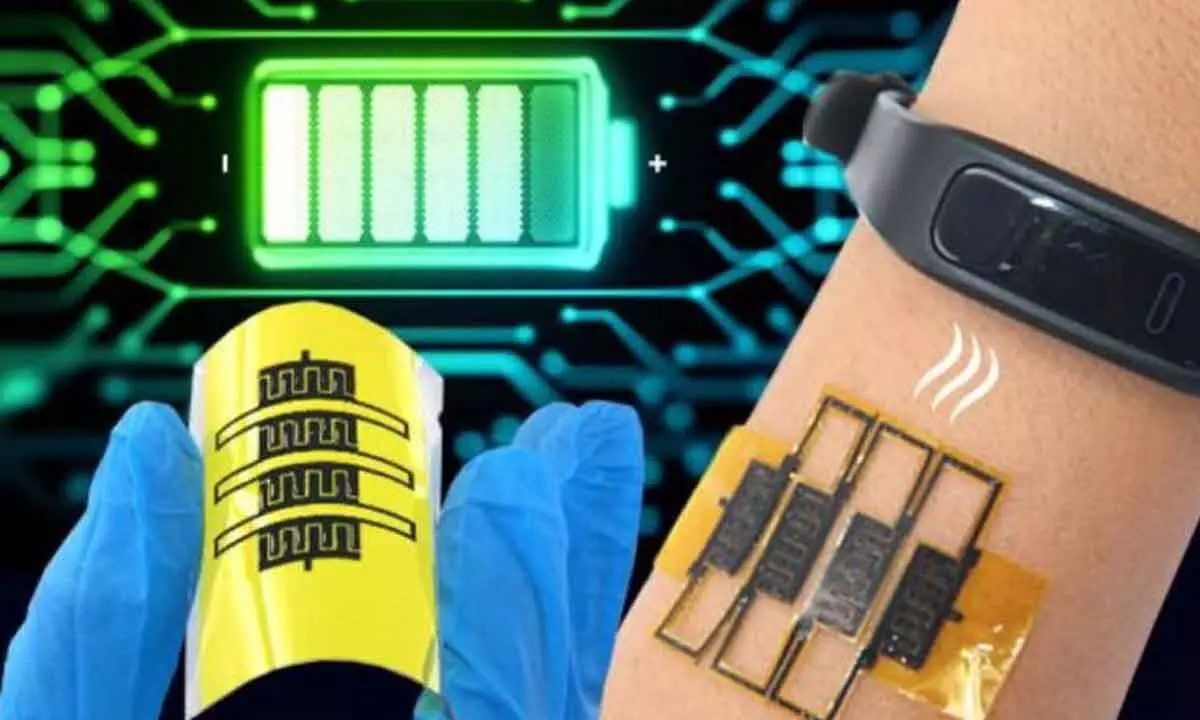Engineers develop stretchable, bendable OLED display for wearable tech

A team of US engineers have developed a stretchable OLED display, which can bend in half or stretch to more than twice its original length while still emitting a fluorescent pattern. The material, described in the journal Nature Materials, has a wide range of applications, from wearable electronics and health sensors to foldable computer screens. The displays on most high-end smartphones, as well as a growing number of televisions, use OLED (organic light-emitting diode) technology, which sandwiches small organic molecules between conductors.
When an electrical current is switched on, the small molecules emit a bright light.
The technology is more energy-efficient than older LED and LCD displays and praised for its sharp pictures. However, the molecular building blocks of OLEDs have tight chemical bonds and stiff structures.
"Our goal was to create something that maintained the electroluminescence of OLED but with stretchable polymers," said Sihong Wang, assistant professor of molecular engineering at the Pritzker School of Molecular Engineering (PME), University of Chicago.
"This is the class of material you need to finally be able to develop truly flexible screens," added Wang who led the research with Juan de Pablo, Liew Family Professor of Molecular Engineering.
Wang and de Pablo knew what it takes to imbue stretchability into materials - long polymers with bendable molecular chains - and also knew what molecular structures were required for an organic material to emit light very efficiently. Armed with computational predictions for new flexible electroluminescent polymers, they built several prototypes.
Just as the model had predicted, the materials were flexible, stretchable, bright, durable and energy efficient.
A key feature in their design was the use of "thermally activated delayed fluorescence", which let the materials convert electrical energy into light, in a highly efficient way.Bendable materials that emit light, he said, can not only be used to display information, but can be integrated into wearable sensors that require light.Sensors measuring blood oxygenation and heart rate, for instance, typically shine a light through blood vessels to sense blood flow. "My dream is to make all the essential components for a full system of wearable electronics, from sensing to processing to displaying information," Wang said.














